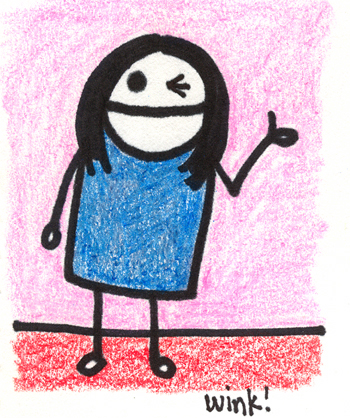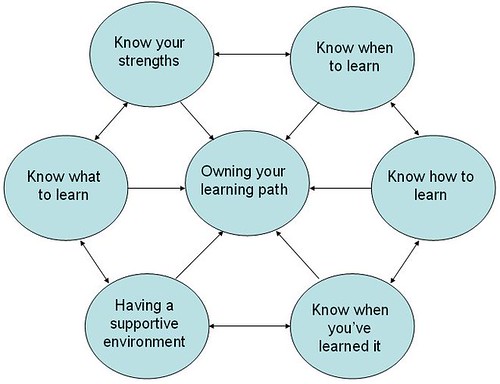This triggers all kinds of thoughts about changes in medicine & public health and links to KM (and organisational development in general).
The history of medicine between the Napoleonic Wars & WWII is truly amazing. Two centuries ago, surgery was something barbers did in their spare time and provided you didn't die of blood loss, shock or secondary infection - all was peachy. At the smarter end of town, individual physicians plied their trade. Most had a reputation as quacks and they were definitely the social inferiors of clergymen & lawyers (a situation that is now reversed).
So what happened? The linking of medical practice to biological science in areas such as germ theory & then genetics, improved training & the development of an education system to spread these new practices, more investment & state involvement in public health.
To an extent, modern medicine is a victim of its own success. The power of vaccinations, pharmaceutical techniques & surgical interventions has turned the traditional situation (where illness & death was the norm for most people) on its head in the developed world. What it has left are those conditions with complex causes (such as cancer or mental illness) that we only partially understand. Such conditions often have a significant "lifestyle" component ("lifestyle" is a nice shorthand for the contexts we make for ourselves). The specialisation of much of modern medical research has left it ill-equipped to deal with these complex conditions but this is definitely changing. However in the interim, a holistic view of self & the world (no matter how barmy) is part of the attraction of alternative therapies.
This is analogous to the role that IT has played in the corporate since WWII. Information systems & automation have had a dramatic impact on our working lives where the problems are not complex. Need to know how much inventory you have? Easy. Need to automate financial transfers & bill payment? Sorted.
But IT has had comparatively little impact on complex problems related to knowledge, leadership, etc (N.B. Much of the advice by business gurus in these latter areas reminds me of aromatherapy or reiki).
To go off on a different tangent, a female friend once observed that women tend to have a holistic view of their bodies where as men view their bodies as machines to be run & fixed. Men are notoriously bad at going to the doctor when unwell (possibly because it reminds them of their dependence on their bodies). This "macho" approach to KM "health" is visible in many organisations. This may simply be due to ignorance or an impatience for quick fixes but I suspect many senior managers do not want to admit vulnerability. If you are dependent on the knowledge of subordinates (i.e. if you are not omniscient) then that means you have to manage them in a different manner than if you had all the answers.

















